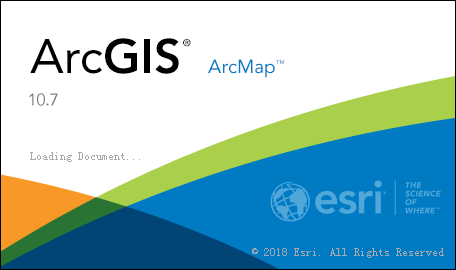Atmospheric Pressure and Pressure Belts of the World
Atmospheric Pressure
- Defined as weight of column of mercury 76 cm / 760 mm high at sea level
- Measured by Barometer
- Variation in atmospheric pressure is responsible for horizontal movement of winds
- Some of the factors affecting atmospheric pressure are “Temp. of air, Altitude, Water Vapor, Gravitational force & Rotation of earth

Pressure belts of the world
- The Equatorial Low Pressure Belt
- The Sub tropic High Pressure Belts
- The Sub-polar Low Pressure Belts
- The Polar High Pressure Belts
Equatorial Low Pressure Belt
- This Equatorial Low Pressure Belt occupies an area lying on both sides of the equator extending from 0° to 5°.
- This region receives vertical sun’s rays throughout the whole year.
- The air pressure is low over this region as the air in comparison to its surrounding areas is hot and light.
- Moreover, this region has more water bodies.
- This belts is also known as ITCZ (inter tropical convergence zone) and doldrums.
The Sub-tropical High Pressure Belts
- It extends from near the tropics to about 35°N and S.
- The existence of these pressure belts is due to the fact that the up rising air of the equatorial region is deflected towards poles due to the earth’s rotation.
- After becoming cold and heavy, it descends in these regions and get piled up.
- A calm condition with variable and feeble winds is created in these high pressure belts, called Horse Latitudes. As it was difficult to sail the sailing vessels with cargo of horse in early days so they used to throw their horses into sea to make it lighter. Hence these latitudes are known as horse latitudes.
These are the regions of divergence because winds from these areas blow towards equatorial and sub-polar low pressure belts.
Sub-polar Low Pressure Belt :
The rotational force of the earth at two polar regions is very high. As a result, the wind of these two regions moves towards the tropics. During that time, the pressure of the wind decreases at two arctic regions (between 60° to 70° latitudes) creating two low pressure belts. These two are known as Sub-polar Low Pressure Belts.
Polar High Pressure Belt :
The wind nearer to the two poles is very cold and heavy due to the location in the cold regions. So, two high pressure belts have been formed at two polar regions. These two are known as Polar High Pressure Belts. The wind from these two high pressure belts moves towards the sub-polar low pressure belts.




Comments
Post a Comment